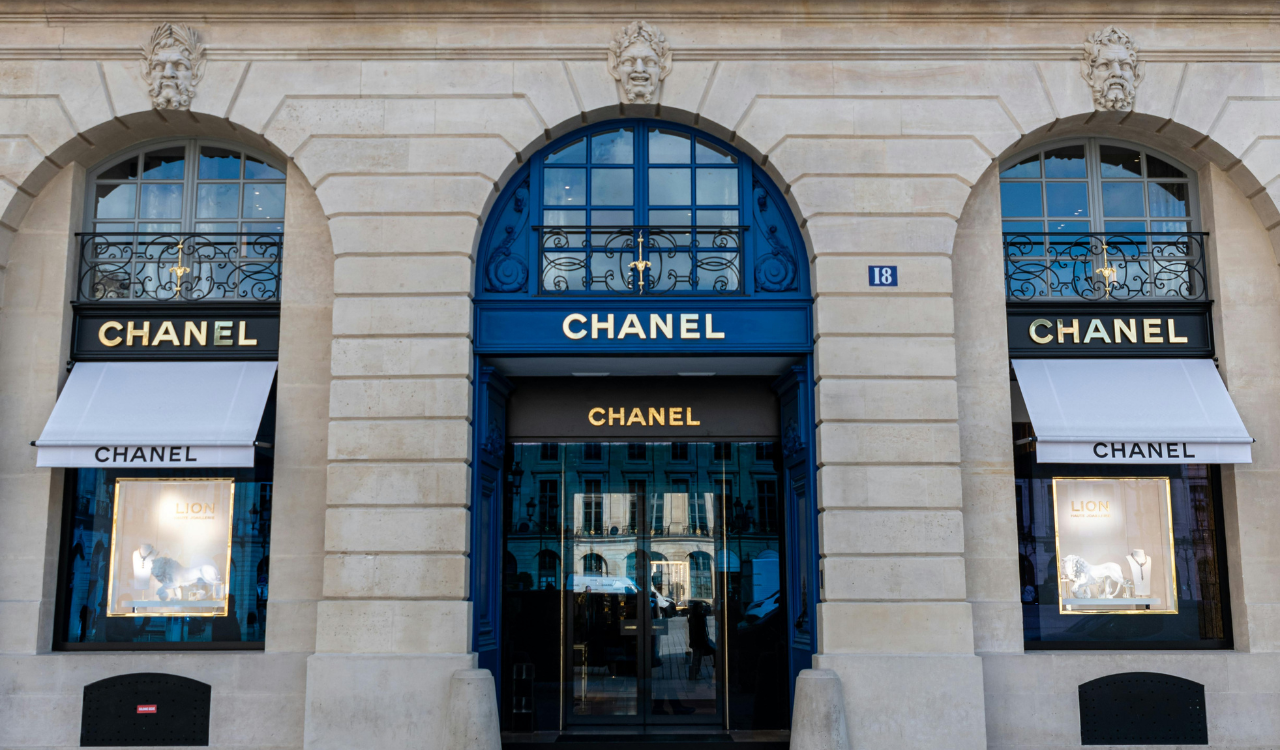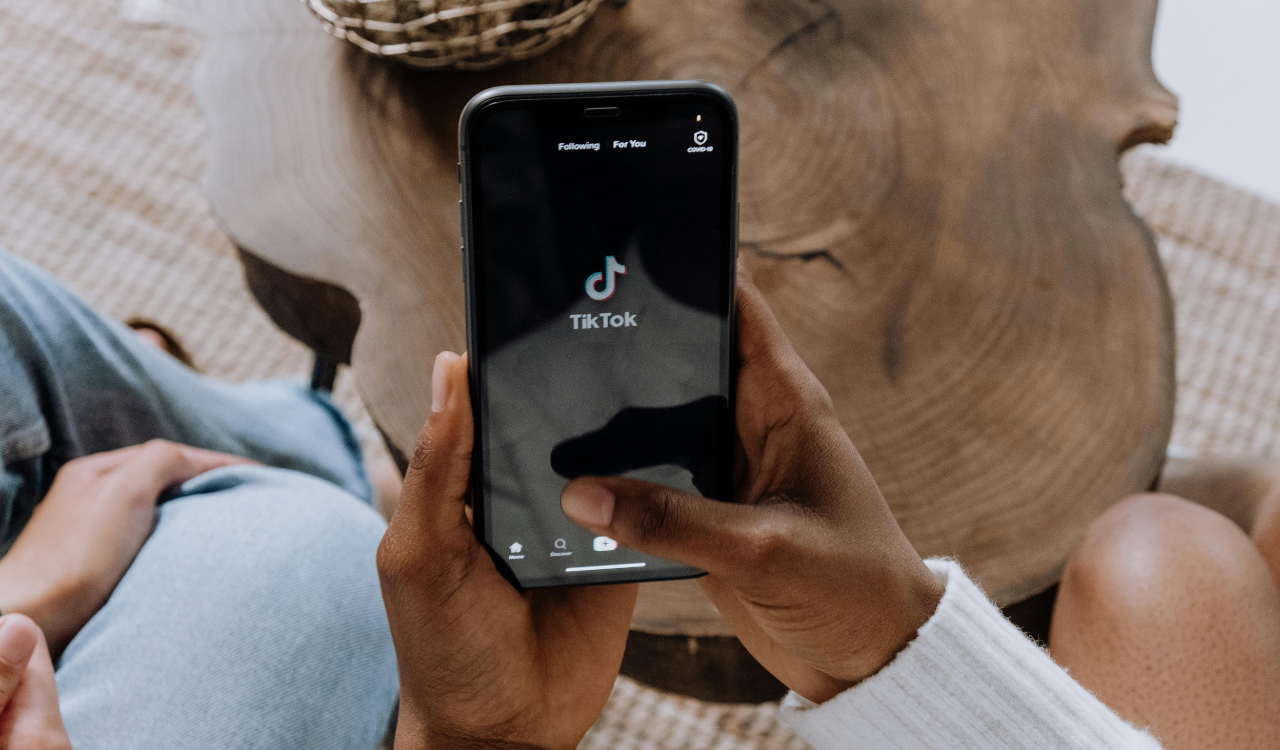Imagine that you were asked to reinvent and reengineer the physical retail store (or for that matter any destination of choice) from the inside out. The assignment is to start with a clean slate. But here’s the rub: Your toolbox is filled with tools that retailers have used for decades, even centuries. That is precisely why Old-World American retail is stalled in its tracks. We are using an antiquated vocabulary with outdated tools to try to reimagine one of the oldest industries on earth.
What worked in the past doesn’t work in a digital, multitasking marketplace. How customers lived and shopped in the past isn’t relevant today. To transform an industry requires a broader perspective and an intimate insight into how today’s consumers live their lives and spend their waking hours. It requires an enlightened mindset and operational transformation all the while navigating through the near-term challenges. Only change endures but the one thing that remains constant is that customers need a reason beyond transactional to go to a store to buy things with an expectation of an experience worth remembering.
The challenge for the troubled and historied legacy department store format goes well beyond executives looking inward. Life today is one big seamless blurring of how we live, 24/7.
There is an accelerating differentiation between transactional retailers and brands offering essential necessities with those retailers competing for market share by selling nonessential discretionary merchandise.“You don’t sacrifice the experience for growth; you drive growth from the quality of the experience,” say Robert Brunner and Stewart Emery, authors of “Do You Matter?” That thought encapsulates precisely what’s wrong with most of what we call Old-World retail.
Blurring the Lines
There is some truth in the notion that everything is happening everywhere all at once when it comes to physical retail. Think about how we live. It’s seamless. We eat where we shop. We shop where we eat. We shop and eat where we are entertained. We buy when we’re inspired, transacting those purchases from the palm of our hand.
All modern consumer experiences have become blurred. We live in a world of multitasking and multi-experiencing in real time. Traditional retailing is a player in a very new game where there are no rules defining what is retail vs. hospitality vs. entertainment vs. leisure time vs. workplace. The issue is how and why you matter as a retail business in today’s society where customers consume 24/7 across their interests with virtually unlimited boundaries.
The issue is for Old-World retailers to remain relevant they must go beyond transactional, operationally efficient, traditional merchant-driven distribution physical-store businesses. Those skills are still essential, but not the drivers for transformation; they are the invisible infrastructure. What we are talking about is the fundamental redefinition of in-store retail and leadership must recast what business they are in. Traditional retailers must recognize the bundling or the blurring of lines among industries, human behaviors and daily experiences to earn consumers’ share of mind, leading to share of time, leading to share of wallet.
Measure What Matters
Old-World retailers must evolve towards designing their offer as an integral part of a supply chain system of experiences that defines their unique DNA. The integrated design of these experiences is the core of their brand positioning. To do this, they must learn how to seamlessly bundle an entire host of lifestyle offers that cannot be measured on outdated retail Excel spreadsheets. What’s more, they must learn to continuously pursue evolving experiences to remain relevant.
Blurred lines demand new metrics. The often soft and elusive definition of their DNA needs to be measured against everything they do. Leadership teams must develop a new set of metrics to measure return on experience (ROE). ROE should not be measured on traditional sales per square foot, as a contribution to increased margins, or even as a driver of traffic which in turn leads to measurable sales conversion against the cost of integrated experiences.
Consider a new benchmark formula of increased traffic, time spent in store and social media followers. From my experience, these metrics may not lead to immediate sales and sales growth over time. Think of ROE as the driver for customers who are willing to pay for an experience that leads to conversion and profitable sales. If it’s a premium experience the target customer will pay a premium price. This is no different than a hotel, restaurant, cruise ship or theater. Ultimately, it’s buying into a brand’s lifestyle that you want to be associated with. Ralph Lauren got this from day one.
All the Store Is a Stage: A Store Is More Than a Store
Any retail store is theater. The best retail experiences evoke the best theatrical narratives. It’s tempting to want to upstage what you are selling. Apple, Porsche and Erewhon are geniuses in their discipline to keep their products and brand experiences center stage rather than being upstaged by meaningless decorative, misleading, and distracting design. As innovative and dramatic as the site-specific architecture may be, it needs to recede in deference to the product. Note to Printemps in New York City.
Consider this: Meaningful product is the hero; experiences are the halo effect. When customers or guests commit, they are buying into the seamless melding of the two. The truth is that one without the other leaves one feeling disappointed.
Our point here is to redefine the world of nonessential retailing. It is to create a new stage for the traditional retail store and find the right balance of experiences and design-inspired merchandising and space and place that showcases, not eclipses, the basic product. On top of that balance, the stage needs to be magical enough to transport customers into a memorable experience so that nonessential purchases also represent memorable experiences (souvenirs) in the best sense of the word. That’s one reason shopping tourism is so successful and why travelers buy everything from art to apparel as living memories of their experiences. The power of emotional and meaningful connections cannot be underestimated. A cautionary note: In the end, Old-World nonessential retailers must acknowledge they are selling product no one really needs; they are in the business of fulfilling desire.
A Destination, Not the Journey
The transformed physical store is a destination, not a transactional way station, when it is infused with wonderment. And that wonderment is site-specific and unique to the local cultural zeitgeist. Successful retail is theater at its best, providing breakout experiences that add meaningful and socially relevant value for time spent. Leadership must believe in their brand’s mission, define how it matters, and commit to a set of non-negotiable standards to support the vision. The best-in-class mono brands realize this and have been blurring the lines in their iconic flagships among retail, food and beverage, hospitality, creating entertainment content and the continuous curation of cultural event-based experiences.
Consider the redesigned Tiffany New York flagship as a model. There are many other examples around the world across all levels of retailing and hospitality, Have a look at Eataly, Century City in Los Angeles, the RH Flagships around the world, Dick’s Sporting Goods House of Sports 100,000 square foot centers, The Tin Building in New York, Le Bon Marché in Paris and The Grove in Los Angeles. Look at any Porsche driving center or dealership: You are offered lunch or dinner, a test drive, and merchandise, and can meet with your brand tribe. Oh, and yes, you will buy a car.
The Store Reimagined: Everything Is Mixed Use
Are retailers asking the right questions? Here’s the single most critical question for any retail executive: What business are we in anyway? The difference between a good store and a great memorable experience is that a great retail store embodies an idea that the customer can understand, learn from, remember and will personally and emotionally enhance them in return for their time spent.
We get it; to state the obvious, the whole purpose of a retail store is to sell things and experiences profitably. But that needs to be an equitable bargain with the customer offering goods and services that are fairly priced in an immersive environment beyond the transactional event. For example, you can buy a sweater anywhere. What separates the transaction from an experience is a complex calculus of how the sale is realized and why the experience matters. The goal is to exceed customer expectations and plant the seeds that grow into curiosity leading to share of mind that encourages each return visit.
We crave the new, delight in the unexpected, and celebrate self-reward. Choice is ubiquitous: Everything is available anytime virtually anywhere. As the lines continue to blur across our daily activities, the demands on our time also blur demanding that the quality of an experience in return for our time matters even more. Consider that the department store of the past was a mixed-use destination housed in a giant space with shoes and clothing, jewelry and accessories, baby and children’s products, gifts, furniture (artfully displayed in vignettes), kitchen centers, bath and bed staples, home decor, notions departments, sports, restaurants, food halls, and a tearoom. Today’s best-in-class mixed-use retail are malls and centers functioning as socially relevant consumer villages. The reinterpretation of mixed use is defined as a destination that is on a continuous cycle of successfully blurring the lines to fulfill the needs and desires of today’s consumers. Examples? Best-in-class destination resorts such the Rosewood Miramar Beach in Santa Barbara or the Chateau La Coste in the south of France are mixed-use hospitality and retail destinations with luxury experiences and dining. The Hollywood Bowl in Los Angeles is a best-in-class entertainment destination offering artisanal picnics, fine wines, and luxury apparel souvenirs. Sports complexes are becoming mixed-use destinations vying for the consumer’s share of wallet. Consider the U.S. Open as a best-in-class marketplace destination with curated lifestyle dining and shopping from Ralph Lauren Polo and Nike to Wilson and Fila.
The more an Old-World retailer can blur the lines, the more they have an opportunity to earn today’s consumers share of mind and share of heart — leading to share of wallet. Why else would Louis Vuitton be opening hotels and restaurants across a variety of formats?
Leading with Purpose
Retailers today serve as many as five generations simultaneously. Today’s leaders must embrace and invest in what I call VI – Visual Intelligence. In a world where all consumers are increasingly bombarded by immersive visual stimuli the need for current, more meaningful and emotionally richer aesthetics has become a critical factor for success.
Transforming the Old-World industry takes thinking differently with a new vocabulary and updated toolbox. It will also take a reorganized retail business model. Leadership with authentic passion and vision needs to be compensated not by short-term results but rather by a long-term professional commitment and a series of evolutionary successes. That model runs counterintuitive to the growth mandates of U.S. public companies and the demands of activist investors. Yet there are plenty of examples of global leadership teams that are not bound or motivated by short-term financial metrics or uninspired public boards. Blur the lines and ensure relevance to your customers. They will reward you if you lead with an enlightened and actionable vision for the future that address why you matter!





